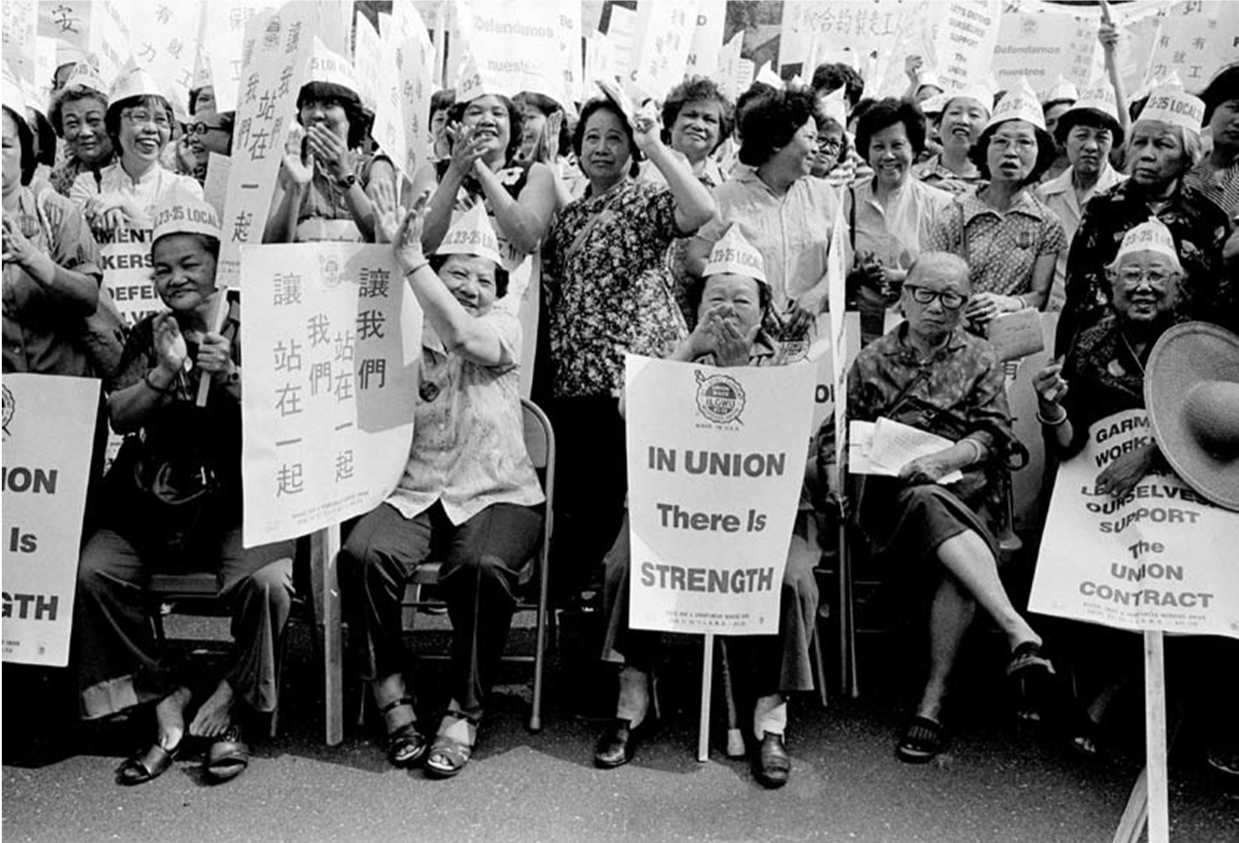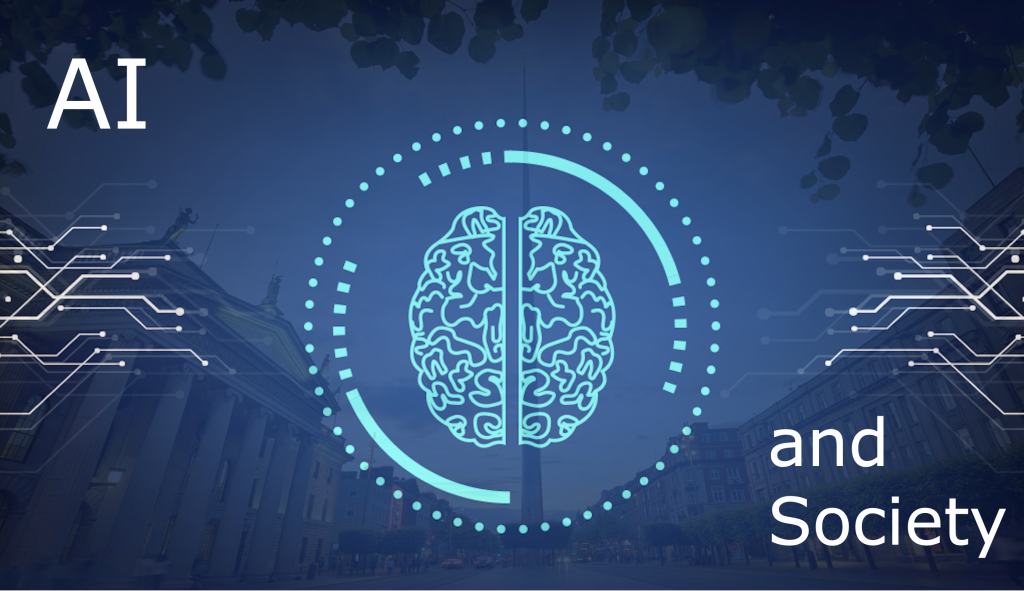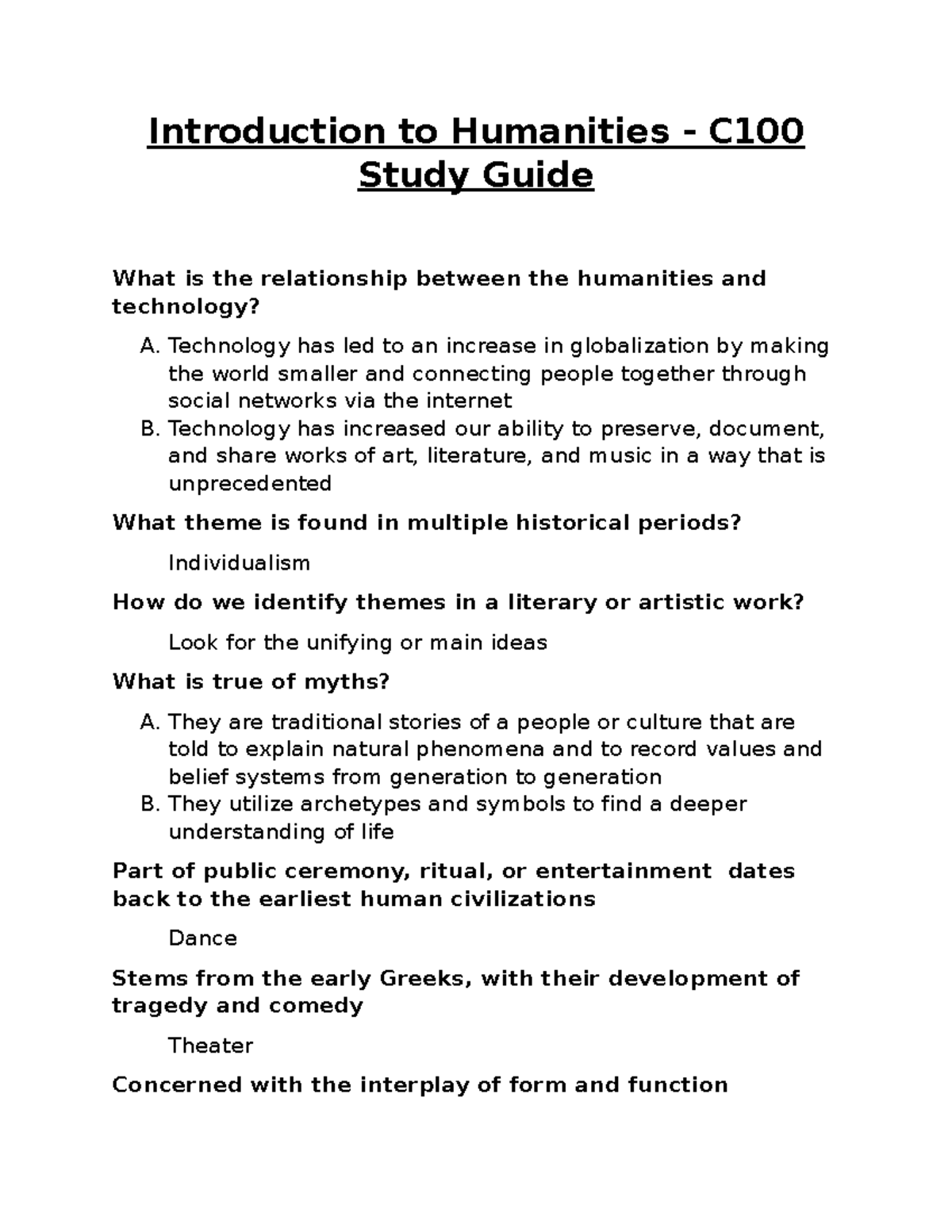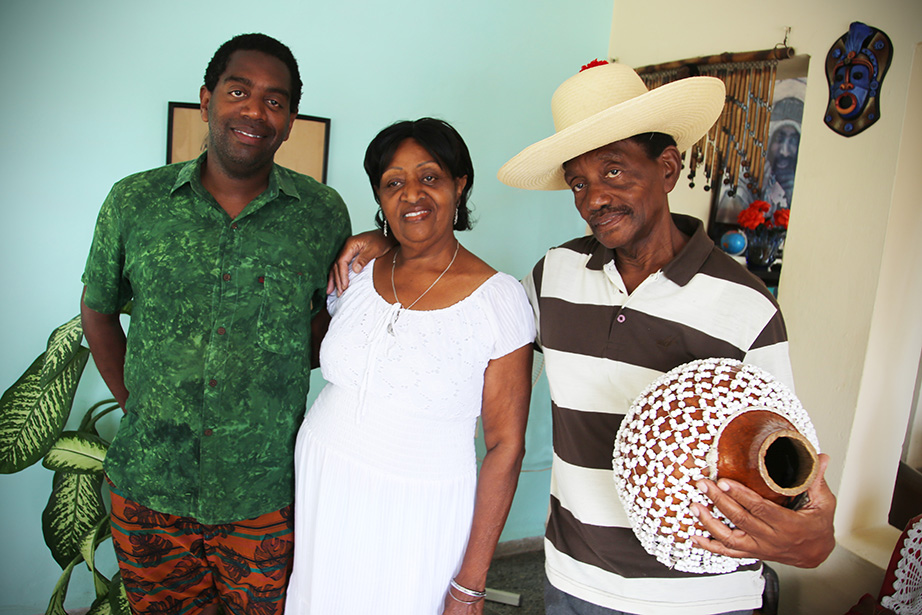Asian American women’s history is an essential yet often overlooked part of the broader narrative of American history. This rich tapestry weaves together the experiences, struggles, and triumphs of Asian American women who have shaped our society in significant ways. From the stories of resilience displayed at the Schlesinger Library exhibit to the cultural erasure faced by so many women throughout history, their contributions deserve recognition and celebration. Exploring the roles of Asian American women reveals not only their pivotal position in shaping Asian history but also the complexities of women’s roles in history at large. By illuminating these narratives, we can better understand the historical context and challenges that these remarkable women have navigated.
The narrative surrounding the history of women from Asia residing in America sheds light on their often invisible contributions over the years. Examining their journey through various cultural, social, and political landscapes provides insight into the broader dynamics of race and gender that have influenced their lives. Terms such as Asian diaspora and female empowerment through historical challenges echo throughout their stories, showcasing the influence of these women on American society. In recent years, exhibitions like the one at the Schlesinger Library have sought to reclaim these stories, drawing attention to the cultural erasure these figures have faced. Understanding this multifaceted legacy enriches our grasp of not just Asian American women’s history, but also the intricate tapestry of American history itself.
The Untold Stories of Asian American Women in History
Asian American women’s history has often been obscured, relegated to the shadows of broader narratives. The Schlesinger Library’s exhibit shines a light on the past, showcasing artifacts that highlight the roles of Asian women in America. Remarkably, through the lenses of early photojournalists like Jessie Tarbox Beals, we can glimpse the lives of Ainu and Visayan women, who were once presented as living exhibits at the 1904 St. Louis World’s Fair. Their stories may have been forgotten, but their images endure, prompting contemporary audiences to confront the cultural erasure that has historically marginalized these figures.
Curated by Victor Betts and his students, this exhibit invites visitors to reconsider their perceptions of Asian American women’s contributions. By situating contemporary experiences against a backdrop of historical narratives, the exhibition challenges the oversimplified views of women’s roles in history. This examination not only highlights the resilience and agency of Asian American women but also poses vital questions about the historical documentation processes that sidelined their stories.
Revisiting Cultural Erasure Through Archival Exploration
Cultural erasure refers to the systematic removal of a group’s history and identity, often rendering their experiences invisible. The Schlesinger Library’s initiative helps confront this issue by utilizing archives to rediscover the voices of Asian American women. As students engage in the research, they uncover tales of resilience and legal advocacy, such as that of Ah Fong, a Chinese woman who bravely fought against injustices at the Port of San Francisco in the 19th century. This revelation not only serves to amplify her narrative but positions her as a pioneer among the women who historically lacked a platform.
As the Schlesinger exhibit showcases, archival collections hold the potential to rewrite narratives long overshadowed by dominant historical accounts. Archival research brings to light the experiences of women like Siok-An Chiu Wu, the first South Asian woman who graduated from Radcliffe, reminding us that history is multifaceted and deeply interconnected. By recognizing the cultural erasure faced by these women, we can appreciate the vital role that documentation and preservation play in shaping a more inclusive historical narrative.
The Impact of the Schlesinger Library Exhibit on Education
Educational initiatives like the “Asian American Women’s History” course at the Schlesinger Library provide students with invaluable experiences in research and collaboration. Co-taught by Betts and history professor Erika Lee, the course allows students to delve into archival materials while concurrently creating a rich, community-oriented narrative surrounding Asian American women’s experiences. This model of co-creation encourages students to actively engage with history, cultivating a deeper understanding of the complexities surrounding identity and representation.
Moreover, the course reflects a growing trend in academia to incorporate marginalized voices into the curriculum. As Betts explained, the collaboration between students and archives serves to empower participants, providing them a voice in telling stories that have been overlooked. Thus, the Schlesinger Library not only functions as a repository of artifacts but also as a vital educational entity that fosters critical thinking and awareness surrounding issues of race and gender in historical contexts.
Asian American Women and the Fight for Justice
Asian American women have played crucial roles in advocating for justice throughout American history. From grassroots organizing in communities like Boston’s Chinatown to leadership within broader civil rights movements, these women have often been at the forefront of activism. Notably, contemporary artists such as Shaina Lu, whose work is featured in the exhibit, highlight this legacy by connecting past struggles to current issues of anti-Asian violence and discrimination. Their narratives reflect an ongoing fight for recognition and rights within a society that has often marginalized their contributions.
The exhibit at the Schlesinger Library exemplifies the continued relevance of these struggles by placing the spotlight on the contributions of Asian American women. Through the lens of historical artifacts and contemporary artwork, visitors are encouraged to reflect on the social dynamics that have shaped their experiences. By acknowledging the complexities of Asian American women’s roles in justice movements, the exhibition not only honors their past but also inspires future generations to continue advocating for equality and inclusion.
Archival Discoveries: A Journey Through Time
Exploring the archives of the Schlesinger Library reveals a treasure trove of stories long overlooked. With a dedicated focus on Asian American women, researchers uncover historical documents that articulate their struggles, triumphs, and cultural identities. This endeavor is crucial in understanding how these narratives have been either celebrated or erased throughout history. As scholars dig into the past, they find a wealth of resources that challenge the traditional historiography often dominated by Eurocentric perspectives.
Each discovered story not only adds depth to the understanding of Asian history but also celebrates the diverse experiences of women who often navigated complex identities. The library’s efforts to contextualize these narratives against significant historical milestones, such as the Chinese Exclusion Act or Japanese American internment, illuminate the broader societal impacts on Asian American communities. These archival discoveries serve as important reminders of the resilience of individuals who, though marginalized, laid vital foundations for future generations.
Lessons from the Past: Asian American Women’s Contributions
The contributions of Asian American women to American society cannot be overstated. From early pioneers like Grace Zia Chu to modern chefs and culinary experts, these women have significantly shaped cultural landscapes while navigating systemic challenges. The Schlesinger Library exhibit honors these diverse contributions, contextualizing them within the larger framework of American history. By examining their achievements, both large and small, it becomes clear how integral these women have been in fostering rich cultural intersections.
Furthermore, the exhibit encourages audiences to see Asian American women not merely as subjects of history but as active architects of their own stories. By emphasizing their roles in various fields—culinary arts, activism, education, and beyond—the exhibition illustrates the importance of recognizing and celebrating the wealth of knowledge and experiences that these women bring to contemporary society. This acknowledgment enriches our understanding of gender, ethnicity, and community within the broader American narrative.
Exploring Identity Through Art and Archives
Art and archival collections play a pivotal role in exploring and expressing identity among Asian American women. The collaboration between artists and archivists at the Schlesinger Library demonstrates the power of visual representation in understanding complex narratives. By incorporating works from contemporary artists like Shaina Lu, the exhibit bridges historical events with modern interpretations, allowing for a dynamic exploration of cultural identity. This interplay between art and history invites viewers to reflect on how interpretations of identity evolve over time.
Moreover, the integration of community voices through artistic expression amplifies underrepresented narratives within academic spaces. The successful fusion of these elements encourages viewers—particularly students—to engage deeply with the past and its implications for the present. As visitors navigate the exhibit, they not only witness the stories of those who came before but are also inspired to contribute their own narratives to the evolving dialogue surrounding Asian American women’s identities.
The Role of Educators in Preserving Asian American Women’s History
Educators play a critical role in preserving and promoting Asian American women’s history, effectively bridging the gap between historical scholarship and community engagement. The collaborative efforts seen at the Schlesinger Library serve as a model for how educators can cultivate interest in marginalized histories among students. By fostering critical thinking and encouraging students to explore archives, educators empower the next generation to serve as custodians of their own cultural narratives.
In spotlighting figures such as Ah Fong and the tennis champions from Denison House, educators not only provide visibility for Asian American women’s stories but also contextualize their experiences within wider societal frameworks. This holistic approach illustrates the challenges faced throughout history while celebrating the resilience and fortitude of these women. Through education, future narratives will emerge that reflect a more accurate and inclusive picture of American history, encompassing the diverse experiences of all its inhabitants.
Beneath the Surface: Understanding Historical Contexts
Understanding Asian American women’s history requires diving beneath the surface of traditional narratives. The Schlesinger exhibit challenges viewers to consider how historical context influences the visibility of these women’s stories. By situating their experiences against the backdrop of systemic racism and cultural erasure, the exhibit fosters a deeper appreciation for the complexities of identity. This arms viewers with a critical lens through which to view contemporary issues faced by Asian American women today.
By acknowledging that Asian American history is an integral component of American history, the exhibition prompts essential conversations about inclusivity in historical discourse. Expanding the narrative to include the voices of women who have often been ignored illuminates not just their importance but also contextualizes current struggles within a historical framework. This awareness cultivates empathy and understanding, vital for fostering a society that values all individuals’ contributions to its collective history.
Navigating the Challenges of Cultural Representation
Asian American women’s narratives have often struggled to find a foothold in mainstream cultural narratives. This absence can lead to a dangerous cycle of cultural misunderstanding and stereotyping. The Schlesinger Library exhibit presents a critical opportunity to navigate these challenges by fostering dialogue around representation. Through curated archival materials, the exhibit transcends the limitations of past interpretations, offering depth to the stories of Asian American women. Providing a platform for these underrepresented voices encourages a more comprehensive understanding of their experiences.
Furthermore, engaging with such narratives allows contemporary audiences to confront their biases and assumptions regarding cultural representation. By highlighting the experiences of women who have historically been marginalized, the exhibit challenges viewers to reflect on the impact of their perceptions. This engagement is instrumental in reshaping societal dialogues, as it allows space for nuanced discussions about identity, representation, and the importance of including diverse voices in both historical narratives and contemporary cultural dialogue.
Frequently Asked Questions
What is the significance of the Schlesinger Library exhibit on Asian American women’s history?
The Schlesinger Library exhibit titled “Illuminate: Contextualizing Asian American Women’s Stories Through the Archives” is significant as it highlights the often-invisible narratives of Asian American women throughout history. By showcasing artifacts such as photos and documents spanning 150 years, the exhibit encourages viewers to reflect on the roles these women have played in shaping American history, challenging cultural erasure, and promoting awareness of their contributions.
How does the exhibition address the cultural erasure of Asian American women’s history?
The exhibition confronts cultural erasure by presenting the stories of Asian American women who have been marginalized in historical narratives. Through archival materials and personal stories, it underscores the importance of preserving these histories and examines the social dynamics that contributed to their erasure, particularly in contexts such as the 1904 St. Louis World’s Fair where women were treated as objects for display.
Can you explain the role of education in promoting Asian American women’s history as seen in the Schlesinger Library?
Education plays a crucial role in promoting Asian American women’s history, as evidenced by the collaborative class at the Schlesinger Library. Students engage with archival materials to uncover and analyze the personal stories of Asian American women, fostering awareness and understanding of their contributions. This model of co-teaching not only enhances academic inquiry but also encourages students to become advocates for preserving these important narratives.
What types of materials are featured in the Schlesinger exhibit on Asian American women’s history?
The Schlesinger exhibit features a diverse range of materials including photographs, political posters, comic books, and zines that document the experiences and contributions of Asian American women. These artifacts are contextualized within significant historical events such as the Chinese Exclusion Act and Japanese American internment, illustrating the intersection of gender, ethnicity, and social justice.
In what ways have Asian American women been forgotten or hypervisible in history?
Asian American women have experienced both forgetting and hypervisibility throughout history. They have often been overlooked in mainstream narratives, leading to cultural erasure, yet have also been hypervisible in contexts that objectify them, as seen in events like the 1904 World’s Fair. The Schlesinger exhibit aims to explore these contradictions, revealing how perceptions of Asian American women have fluctuated over time.
What impact did the legal battles of Asian American women, like Ah Fong, have on immigration laws?
The legal battles of Asian American women, notably the 1874 case of Ah Fong, significantly impacted immigration laws by contributing to landmark Supreme Court decisions. Their advocacy led to rulings that defined the scope of Congressional power over immigration, showcasing the crucial role that these women played in challenging injustices and shaping legal precedents in American history.
How are contemporary Asian American women reclaiming their narratives compared to those in the past?
Contemporary Asian American women are reclaiming their narratives by sharing their stories on their own terms, often through various forms of media such as zines, blogs, and public exhibits. This contrasts with earlier generations, whose voices were often suppressed or mediated by colonial perspectives. The Schlesinger exhibit brings attention to this evolution, empowering current and future generations to assert their identities and histories.
What role do artists play in the exploration of Asian American women’s history in exhibitions like the one at Schlesinger Library?
Artists play a vital role in the exploration of Asian American women’s history by creating works that visually interpret and complement archival materials. In the Schlesinger exhibit, artist Shaina Lu’s translucent illustrations enrich the narrative by allowing light to filter through, symbolizing the illumination of overlooked stories. Such artistic contributions help to engage the audience emotionally and intellectually, enhancing the overall experience of the exhibition.
Why is it important to include Asian American women’s history in the broader context of U.S. history?
Including Asian American women’s history in the broader context of U.S. history is essential because it contributes to a more comprehensive understanding of American identity and experience. As curator Victor Betts emphasizes, Asian American history is integral to American history, and recognizing the contributions and struggles of these women can reshape our collective narrative, leading to greater inclusivity and a deeper appreciation of the diverse influences that have shaped the nation.
| Key Points | Details |
|---|---|
| Schlesinger Exhibit | Illustrates the often invisible stories of Asian American women from the past. |
| Historical Artifacts | Includes photos of women displayed at the 1904 St. Louis World’s Fair, documenting their plight and lack of recognition. |
| Co-teaching Model | The exhibit was created alongside an undergraduate course exploring Asian American Women’s history. |
| Cultural Representation | Highlights the shift from objectification to self-representation by Asian American women in contemporary collections. |
| Legal Pioneers | Focuses on cases like that of Ah Fong, revealing the struggles of Chinese women against systemic barriers. |
| Impact of Exclusionary Laws | Examines the context of laws like the Chinese Exclusion Act on Asian American women’s lives. |
| Art and Activism | Commissioned local artists to create contemporary works that connect past and present struggles. |
| Future of the Archives | Efforts to expand collections of Asian American women’s narratives to create a fuller historical record. |
Summary
Asian American women’s history is a vital part of the broader narrative of American history, yet it has often remained marginalized. The Schlesinger Library’s exhibit, “Illuminate: Contextualizing Asian American Women’s Stories Through the Archives,” seeks to unearth and spotlight the stories of Asian American women, from their historical struggles to their contributions in various spheres. Through collaboration between students and archivists, the exhibition presents artifacts spanning over 150 years, showcasing how these women have been depicted in the past and their ongoing fight for recognition. With a call to action, the exhibit encourages viewers to rethink their perceptions and acknowledge the critical role that Asian American women have played in shaping history.



